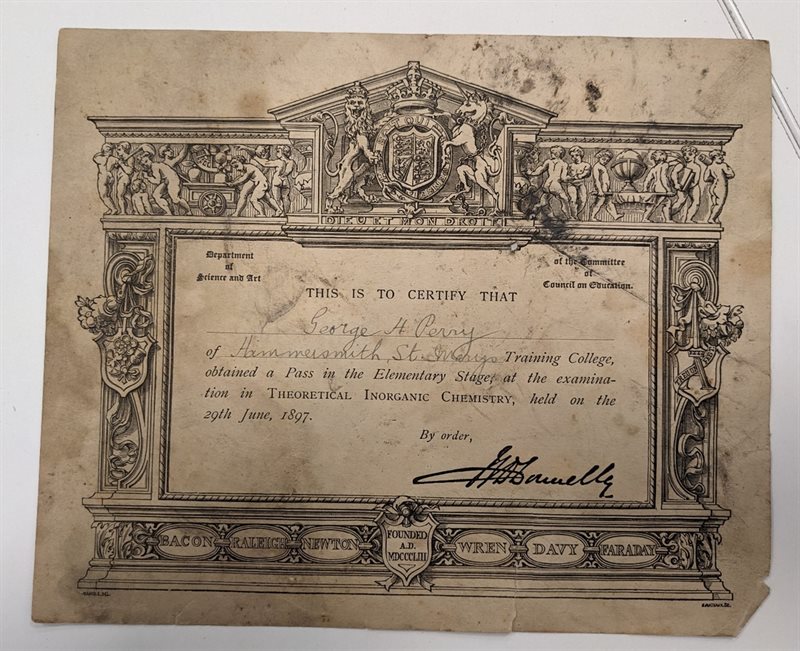Britain underwent phenomenal social transformation during the nineteenth century.
This drove, and was in turn driven by, an expansion of education and the development, especially of higher education, technical training, and professionalism. the 1830s mass education became an increasingly prominent issue. In the 1840s the drive toward educating the masses was given further impetus by the Irish Catholic immigrants fleeing the famine. The Catholic population of England rose from around 250,000 in 1825 to about 700,000 after the famine.
Catholic educational infrastructure was wholly lacking in 1840. Large numbers of Catholic working-class Irish and English children were attending non-Catholic schools or not being educated at all. In 1847, Catholic Member of Parliament, Charles Langdale suggested the creation of a Catholic Poor School Committee for England and Wales. The first grants to establish Catholic parochial schools were made in 1847, negotiated by the CPSC from the Committee of Council on Education, the first government department with specific responsibility for education. The CPSC quickly became the key avenue for promoting Catholic schools and training future Catholic teachers. In 1848 a joint pastoral letter of the vicars apostolic of England and Wales urged Catholics to support the cause of Catholic education, highlighting that education provided a route to salvation and material improvement for working-class Catholics. Bishops at the 1852 Synod of Westminster, declared educational provision their first missionary priority.

George H. Perry, Theoretical Inorganic Chemistry certificate (1897). Image courtesy of St Mary’s University Archives. Not to be reproduced without permission.
By the end of the nineteenth century, teaching had become a profession; educated in teaching colleges and qualified by government certification. Academic results of Catholic students were excellent, however, there remained a challenge of ensuring a sufficient supply of competent Catholic teachers. A single Catholic teacher training college in England had been founded in 1850, St Mary’s, Hammersmith, rising to a high-water mark of sixteen such colleges by the 1920s. St Mary’s remained the only Catholic men’s teacher training college in England, Wales, or Scotland until 1946.
By the 1940s shifts in British education were afoot and would be felt post-war by Catholics and others. The Education Act of 1944 made major changes in the provision and governance of secondary schools in England and Wales. There had also developed a juxtaposition between the sense that being a Catholic teacher should be a vocation, a sacrifice without material benefits, yet also the need for them to be of professional quality.